Equipment
The Department has its own set of measuring instruments that can be used in a variety of seismic experiments, depending on the scientific objectives:
- Joint Polish-Austrian-Finnish pool: 90 single-channel seismic stations RefTEK 125 "Texan" (USA) with 4.5 Hz vertical geophones. These are commonly used throughout the world, typically "field" devices, allowing for quick deployment on the profile (it is possible to bury them in the ground).
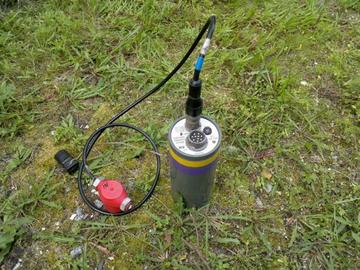
- 40 single-channel and 120 3-Component seismic stations DATA-CUBE (Germany) with 4,5 Hz vertical geophones. Modern field battery powered device with built-in GPS receiver. Recording on standard memory cards. Very light and easy to operate and program.
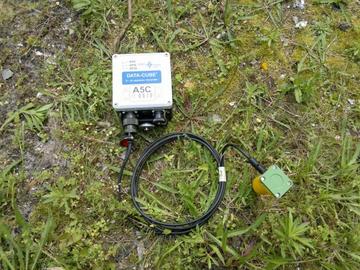
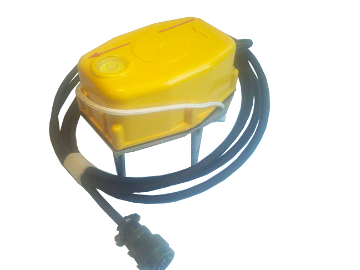
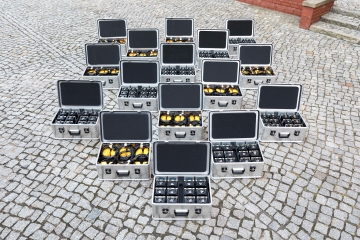
- Measuring instruments for land surveing produced by Güralp Systems Ltd. Consists of a three-phase seismograph with a transmission range of 30s to 100Hz, a digital recorder and a data communication module for GSM data transmission. Seismic data can be stored in the internal memory or sent over the Internet to a central server. In the Department we have 10 sets of this modern apparatus. Instruments has wide application both in experimental seismology and natural earthquake measurements, especially in projects requiring long wave recording (S waves, surface waves). It can be powered by batteries or network; It is also possible to dig it under the ground (with a protruding GPS antenna).
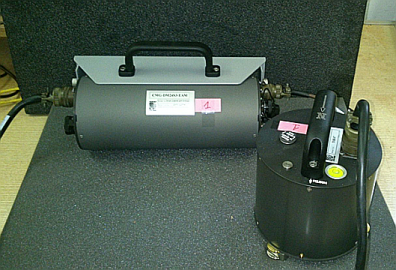
- 20 three-dimensional seismographs (1 Hz) MARK-L4C (Manufactured in USA)
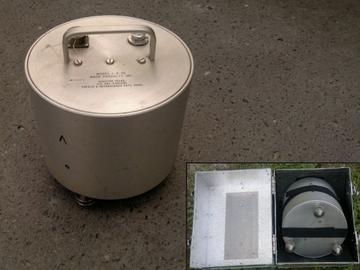
- 9 seismometers SM3 (1 Hz) soviet production
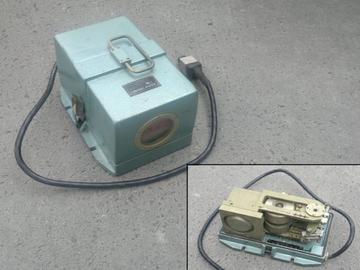
- 7 devices measuring the time of seismic events with an accuracy of 1 millisecond
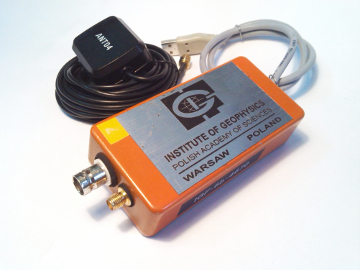
Most of the processing and modeling takes place on PCs running Linux. Data is stored on a NAS disk array. Data processing is performed in a perfect (and free!) Seismic Unix package.
The Department also has permanent access to the Dell PowerEdge M1000e computing cluster with nodes:
- 1x Dell M620 1 x Intel(R) Xeon(R) CPU E5-2665 @ 2.40GHz, 128GB RAM
- 7x Dell M620 2 x Intel(R) Xeon(R) CPU E5-2640 @ 2.50GHz, 32GB RAM
The cluster also features an InfiniBand switch for faster connection between nodes and external disk array.
Modelling
Seismic modeling is mainly carried out using the SEIS83 package (Červený V. and Pšenčík I., 1983. 2-D seismic ray tracing package SEIS83) with the graphical interface MODEL (Komminaho K., 1993) and ZPLOT (Zelt CA, 1994.). .
We also use inversion and tomography methods both in 2D and 3D:
- JIVE3D (Hobro J.W.D., Singh S.C., Minshull T.A., 2003.),
- The tomographic package based on first breaks created by J.A. Hole'a (Hole J.A., 1992),
- Fast (Zelt C.A., Barton P.J., 1998), RayInvr (Zelt, C. A. and R. B. Smith, 1992).
Červený V. i Pšenčík I., 1983. 2-D seismic ray tracing package SEIS83 (software package). Prague, Charles University.
Hobro J.W.D., Singh S.C., Minshull T.A., 2003. Three-dimensional tomographic inversion of combined reflection and refraction seismic travel time data. Geophysical Journal International, 152 (1), 79–93.
Hole J.A., 1992. Nonlinear high resolution three-dimensional seismic travel time tomography. Journal of Geophysical Research, 97, 6553-6562.
Komminaho K., 1993. Software manual for programs MODEL and XRAYS–a graphical interface for SEIS83 program package. University of Oulu, Department of Geophysics, Report No. 20, 31 pp.
Zelt C.A., 1994. Software package ZPLOT. Bullard Laboratories. University of Cambridge, Cambridge.
Zelt C.A., Barton P.J., 1998. 3D seismic refraction tomography: A comparison of two methods applied to data from the Faeroe Basin. Journal of Geophysical Research, 103, 7187-7210.
Zelt C.A., Smith R.B., 1992. Seismic travel time inversion for 2-D crustal velocity structure. Geophysical Journal International, 108, 16-34.
In addition, we use commercial software for seismic processing Globe Claritas and data interpretation Kingdom Suite that we received under an academic grant.




















